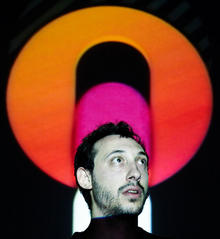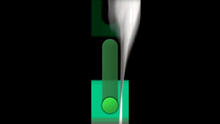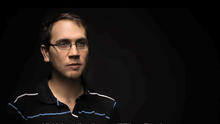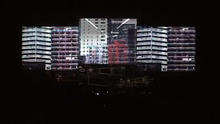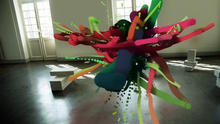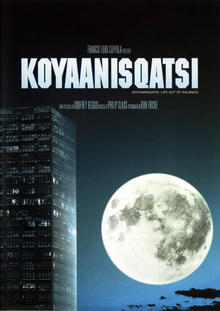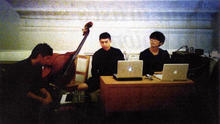Strata #2
(2009)by Quayola explores the icons of french gothic imagery and architecture, focusing on the layering of times function and representations. Music: Mira Calix and Autobam.
Strata #2 describes an imaginary alteration of architectural matter. By moving through the spaces of Notre Dame and Saint Eustache a process of metamorphosis is slowly revealed, transforming structure and function of the original churches. De-contextualizing religious stained-glass imagery, this piece plays with history and its image. It challenges the stratified historical meanings detained in the western society through time. Assuming different meanings, the represented stained-glass windows appear under a new perspective that focuses on their images rather than on their historical and architectural significance. In a dynamic dialogue between sound, image and architecture, Strata #2 gives life to a hybrid dimension where reality and artificiality coexist and interact harmoniously.
Source: Quayola's website



